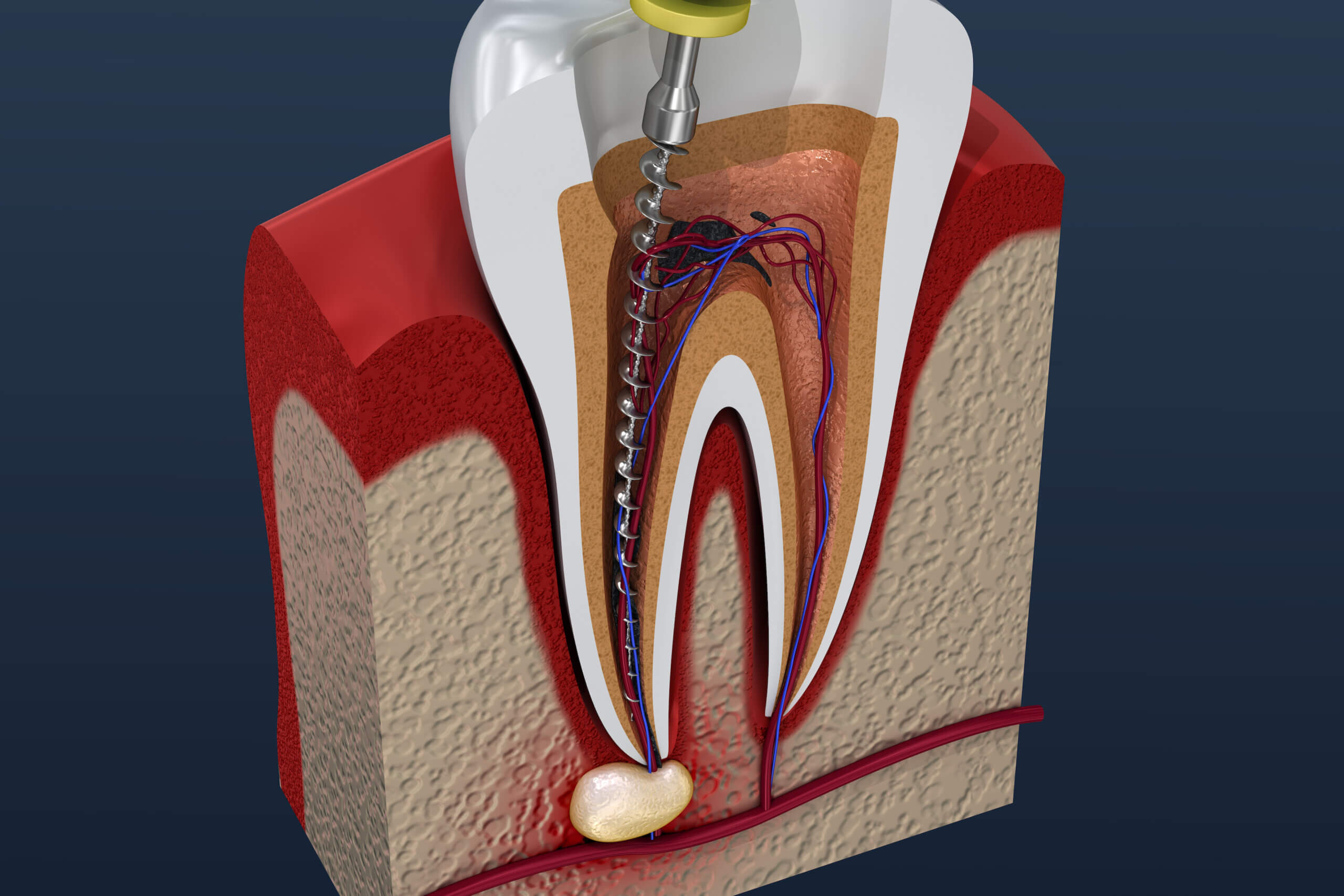
A tooth root canal is a dental procedure that treats infection or damage in the tooth’s pulp. It helps preserve the natural tooth, preventing extraction. The treatment is essential for relieving pain, stopping infection, and maintaining overall oral health. In this guide, we will cover the root canal procedure, costs, benefits, and recovery tips.
What is a Root Canal?
A root canal is a dental treatment performed when the inner pulp of a tooth becomes infected or inflamed due to deep decay, repeated dental procedures, cracks, or trauma. The procedure involves removing the infected pulp, cleaning the canals, and sealing them to prevent further damage.
Signs You May Need a Root Canal
- Persistent toothache or pain
- Sensitivity to hot or cold
- Swollen or tender gums
- Discoloration of the tooth
- Abscess or pus formation
If you experience any of these symptoms, consult a dentist immediately.
The Root Canal Procedure
A root canal is typically completed in one or two visits and involves the following steps:
1. Diagnosis and X-ray
Your dentist will examine the tooth and take an X-ray to assess the extent of infection and the shape of the root canals.
2. Anesthesia and Isolation
Local anesthesia is administered to numb the area. A dental dam is placed to keep the tooth dry and free from saliva.
3. Pulp Removal and Cleaning
A small opening is made in the tooth’s crown to access the pulp chamber. The infected pulp is removed using specialized instruments. The canals are cleaned and shaped to prepare for filling.
4. Filling and Sealing
Once cleaned, the root canals are filled with gutta-percha, a biocompatible material, and sealed to prevent reinfection.
5. Tooth Restoration
A temporary or permanent filling is placed. In many cases, a crown is recommended to restore the tooth’s strength and functionality.
Cost of Root Canal Treatment
The cost of a root canal varies based on factors such as location, the severity of infection, and whether a crown is needed.
Estimated Costs:
- Front tooth: $600 – $1,100
- Premolars: $700 – $1,300
- Molars: $1,000 – $1,800
- Dental crown (if needed): $500 – $2,500
Most dental insurance plans cover a portion of the cost.
Recovery and Aftercare
After a root canal, mild discomfort or sensitivity is normal. Follow these tips for a smooth recovery:
Post-Treatment Care:
- Take prescribed pain relievers if necessary.
- Avoid chewing on the treated tooth until fully restored.
- Maintain good oral hygiene with brushing and flossing.
- Attend follow-up appointments for proper healing.
Healing time typically ranges from a few days to a week, depending on the severity of the infection.
Benefits of Root Canal Treatment
- Pain Relief: Eliminates severe tooth pain.
- Tooth Preservation: Saves the natural tooth, avoiding extraction.
- Prevents Infection Spread: Stops bacteria from affecting other teeth.
- Improves Oral Health: Helps maintain a healthy smile.
Alternatives to Root Canal
If a root canal is not an option, alternatives include:
- Tooth Extraction: Removing the infected tooth and replacing it with an implant or bridge.
- Pulp Capping: A less invasive option for minor infections.
Conclusion
A root canal is a safe and effective procedure to treat tooth infections and preserve your natural tooth. Understanding the process, costs, and recovery can help you make an informed decision about your dental health. If you suspect you need a root canal, consult your dentist as soon as possible.